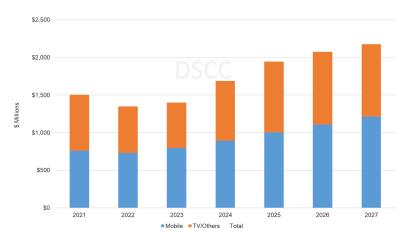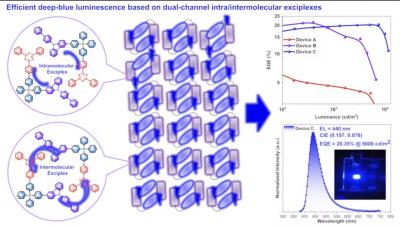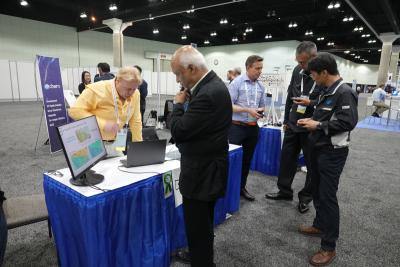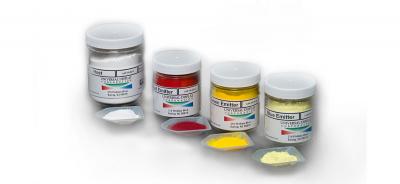Researchers develop a blue fluorescent OLED device with ultra-low turn-on voltage
Researchers from the Tokyo Institute of Technology, Osaka University, University of Toyama and Shizuoka University have developed a fluorescent blue (462 nm) OLED device that features an ulta-low turn-on voltage of 1.47 V (at 100 nits). The researchers say this is very low, as similar commercial blue devices typically need around 4 V.
To achieve that low turn-on voltage, the researchers built a new device, as they realize that the choice of materials significantly influences the device's turn-on voltage. The device itself is an upconversion OLED.
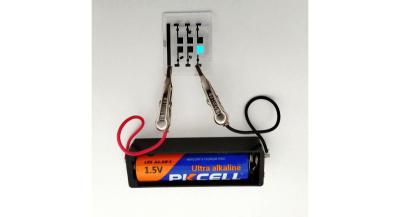


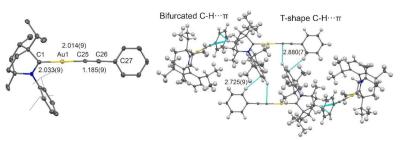
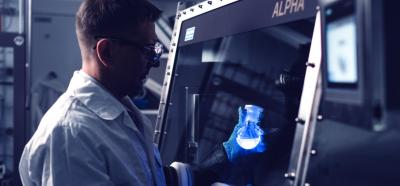
 UDC says it is still on track to introduce its blue phosphorescent emitter into the commercial market in 2024.
UDC says it is still on track to introduce its blue phosphorescent emitter into the commercial market in 2024.